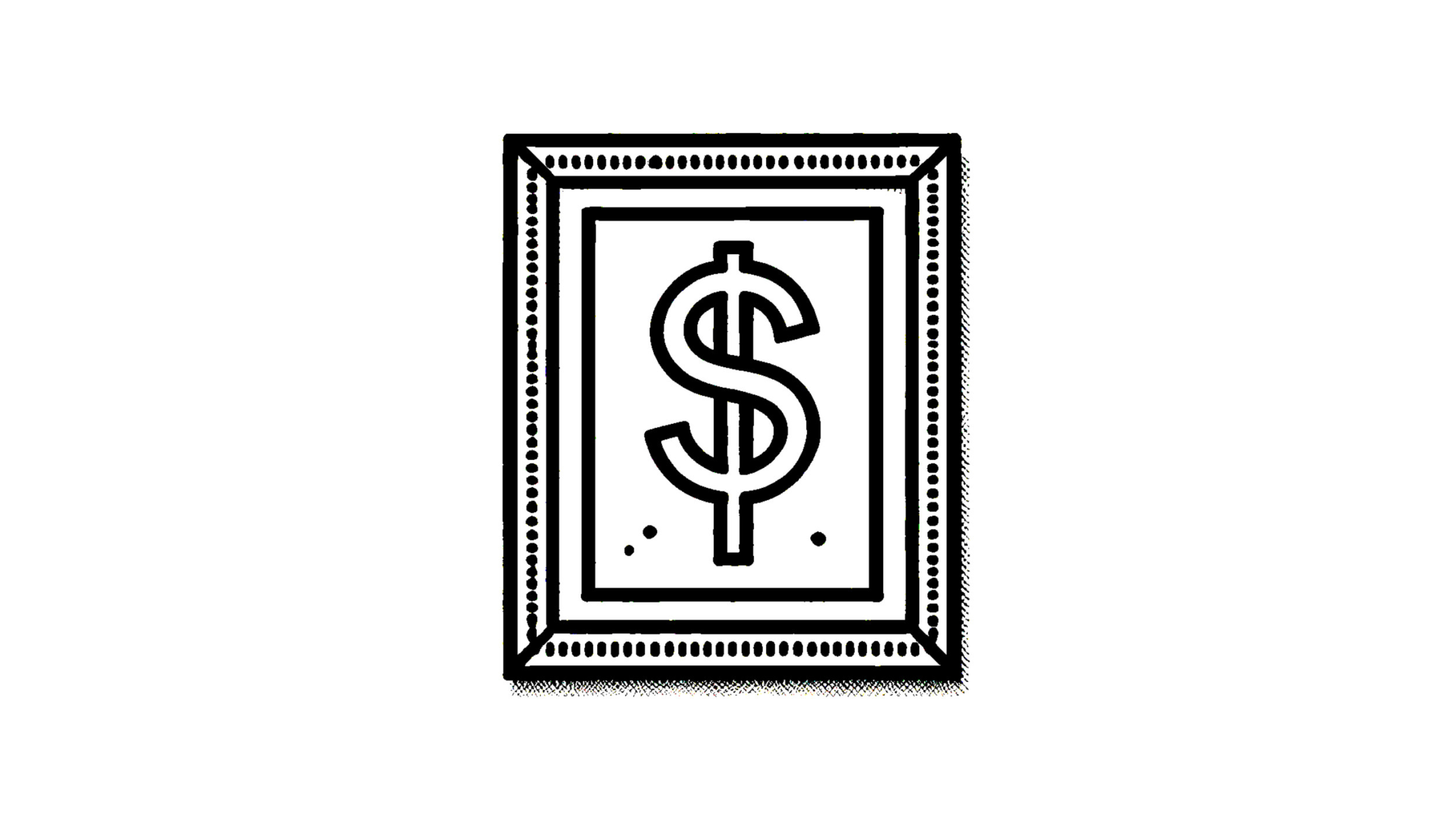Price Framing
How the Way Prices Are Presented Impacts Consumer Choices
What is Price Framing?
Price framing is the way in which the price of a product or service is presented to the consumer. It’s like how a store might show a price as “$4.99” instead of just $5, or offer a discount like “50% off.” These small details can have a big impact on how consumers perceive the value of a product and whether they choose to buy it or not. Think about it: have you ever thought a deal was too good to pass up because of how it was framed?
The Concept of Price Framing
The idea of price framing stems from behavioral economics, a field that studies how psychological factors influence economic decisions. It was first popularized by psychologist Daniel Kahneman and economist Amos Tversky in the 1970s, who developed the theory of prospect theory. This theory helps explain why people often perceive a loss as more significant than a gain of the same value, which has a direct impact on how price is presented.
Their work laid the foundation for understanding how people think about price, discounts, and deals. According to their research, people react differently when prices are framed as savings versus as costs, even if the underlying value is the same.
The Impact of Price Framing
One of the key experiments that helped prove the power of price framing was conducted by Richard Thaler, another economist in the field of behavioral economics. In 1981, Thaler ran an experiment at the University of Chicago to test how different ways of presenting prices could affect purchasing decisions. The experiment, titled "The Effect of Price Presentation on Consumer Behavior", showed that when a price was framed in terms of a discount or savings (e.g., "Save $5"), consumers were more likely to make a purchase than when the price was presented as a cost (e.g., "$20").
Thaler’s experiment found that consumers were more likely to see the "savings" frame as a gain, making the product seem like a better deal, even though the actual price was the same. This result had huge implications for marketers and businesses by revealing that the psychological presentation of a price could influence consumer behavior in predictable ways.
Connection to Human Evolution and Biology
The idea of price framing is deeply rooted in human biology and evolutionary psychology. Throughout human history, we have been wired to respond to immediate benefits and avoid losses. This "loss aversion" is part of our survival instinct—it was more beneficial for our ancestors to avoid a potential loss than to pursue a gain of the same magnitude.
In the context of pricing, framing a deal as a "loss avoided" (like a discount) taps into this instinct. It’s not just about the amount of money spent; it’s about the psychological perception of avoiding a loss, which triggers a stronger response than gaining the same amount. This neurological wiring makes price framing an effective tool in consumer behavior.
Recent Research: Price Framing in the Digital Age
Recent research continues to explore how price framing affects consumer choices, especially with the rise of e-commerce. In 2018, a study by the University of Pennsylvania titled "Framing Effects in Online Shopping: A Behavioral Economics Approach" found that online retailers who use strategic price framing—such as showing "original price" next to the "discounted price"—can significantly increase sales. The researchers discovered that price framing techniques, like showing a higher original price before offering a discount, created the illusion of a bigger bargain.
This study reinforced earlier findings by showing that framing not only impacts consumer choices in physical stores but also plays a crucial role in the digital shopping experience. The "anchoring effect," where the first price a consumer sees influences their perception of all subsequent prices, was shown to be especially powerful in online shopping environments.
Conclusion: How to Use Price Framing in Business
Understanding price framing allows businesses to make smarter pricing decisions. Here are some ways to apply this concept:
Offer Discounts Wisely: Instead of just lowering the price, consider framing it as a "savings" or "deal" to make consumers feel like they are getting more value.
Use Anchoring: Show an original price alongside a discounted price to make the discount appear larger than it actually is. This works well in both online and offline environments.
Avoid Price Shock: When possible, avoid presenting the price upfront without context. For example, showing an installment plan or breaking the cost into smaller payments can make the total price seem more manageable.
Highlight the Cost of Inaction: Presenting the cost of waiting or not purchasing—such as a limited-time offer—can also trigger urgency and motivate action.
By mastering the art of price framing, businesses can guide consumer choices and increase the likelihood of conversions, all while maintaining an ethical approach that delivers real value.
More Behavioral Science





How Posting at the Right Moment Makes Content More Likely to Go Viral